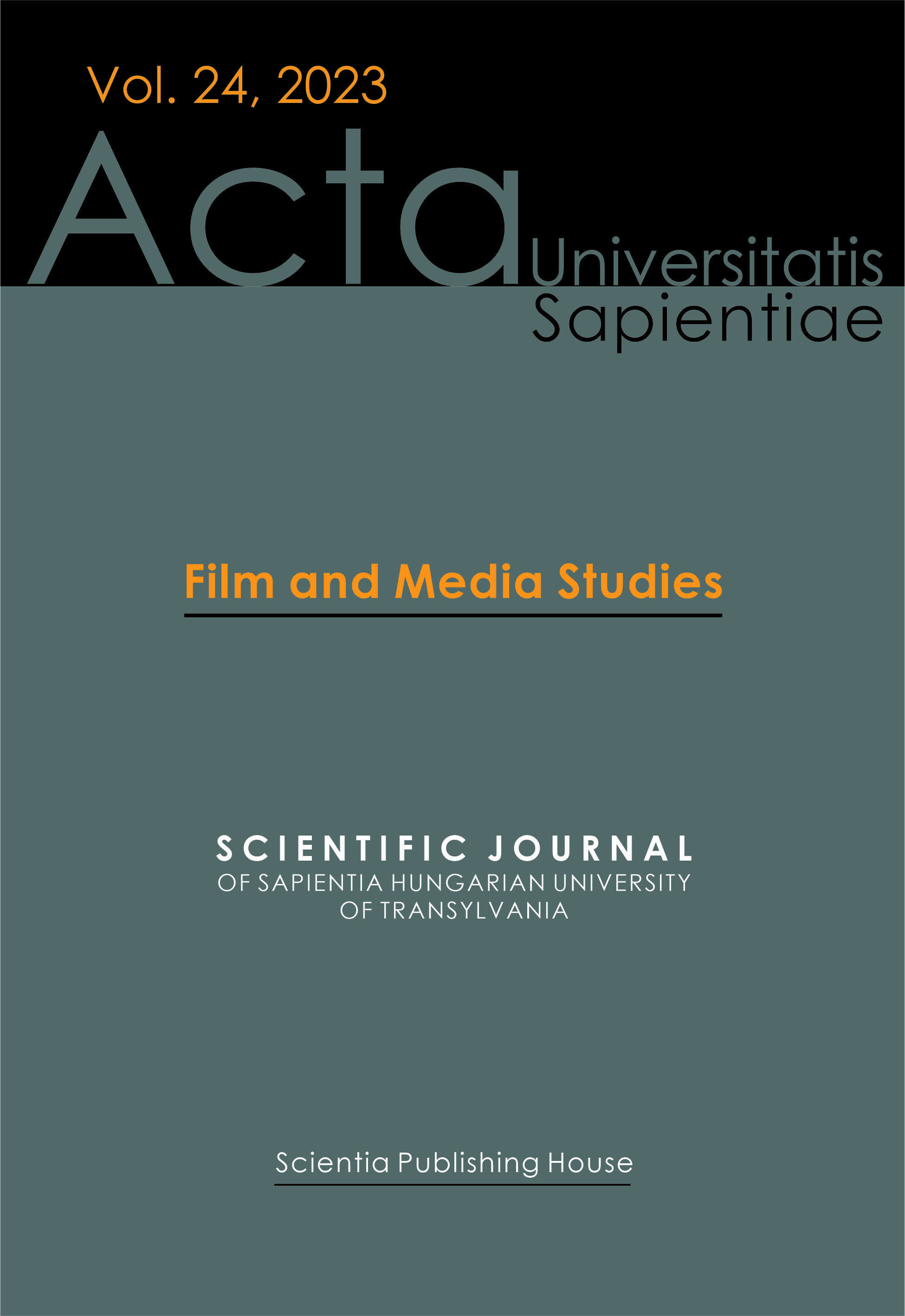Media Representation and Affective Intermediality in Der Tote im Bunker and Vielleicht Esther
Media Representation and Affective Intermediality in Der Tote im Bunker and Vielleicht Esther
Author(s): Giulia BigongiariSubject(s): Psychology, Media studies, Photography
Published by: Scientia Kiadó
Keywords: media representation; emotions; memory studies; uncanny;
Summary/Abstract: This essay presents some results of the author’s current research about the intersections between intermediality and constructivist/constructionist branches of psychology (Kelly 1992; Mascolo and Mancuso 1990), which might prove productive for the study of the representation of emotions in literature. Although with some significant differences, these schools suggest that emotions are at least partly, cultural constructs that aggregate physiological and cultural elements. Some of these theoreticians also suggest that people can experience a discrepancy between what they feel and what they are culturally supposed to feel, and proceed to “work” on their emotions until they achieve the target state. The author’s hypothesis is that the insertion of media representation in prose texts might point to the existence of affective discrepancies and suggest that emotion work is needed in order to achieve a target emotional state. While sometimes “changing” the medium is a successful operation in this sense, in other instances it increases the indeterminacy of the target emotion, especially when we deal with morally ambiguous characters with whom the narrator must negotiate an affective relationship, and which might give rise to an uncanny feeling of ambivalence. The author illustrates this hypothesis while reading two family memoirs that deal with the inheritance of the Second World War, and the URSS, respectively, Martin Pollack’s Der Tote im Bunker (The Dead Man in the Bunker, 2004) and Katja Petrowskaja’s Vielleicht Esther (Maybe Esther, 2014), but also suggests that this mechanism is not limited to the use of photographs in memoirs.
Journal: Acta Universitatis Sapientiae, Film and Media Studies
- Issue Year: 2023
- Issue No: 24
- Page Range: 170-184
- Page Count: 15
- Language: English

